Snake plants (Sansevieria), also known as Mother-in-Law’s Tongue, have become one of the most popular houseplants worldwide — and for good reason. These hardy, resilient plants are not only striking in appearance with their tall, upright sword-like leaves but also one of the easiest plants to care for naturally.
Native to West Africa, snake plants thrive in a variety of environments, tolerate neglect, and purify indoor air, making them a top pick for beginner plant parents and seasoned gardeners alike. While they don’t require elaborate care routines or chemical-laden products, a few natural practices will keep your snake plant happy, healthy, and flourishing for years.
In this detailed guide, we’ll cover everything you need to know about how to take care of a snake plant naturally — from lighting and watering to organic fertilizing and pest control.
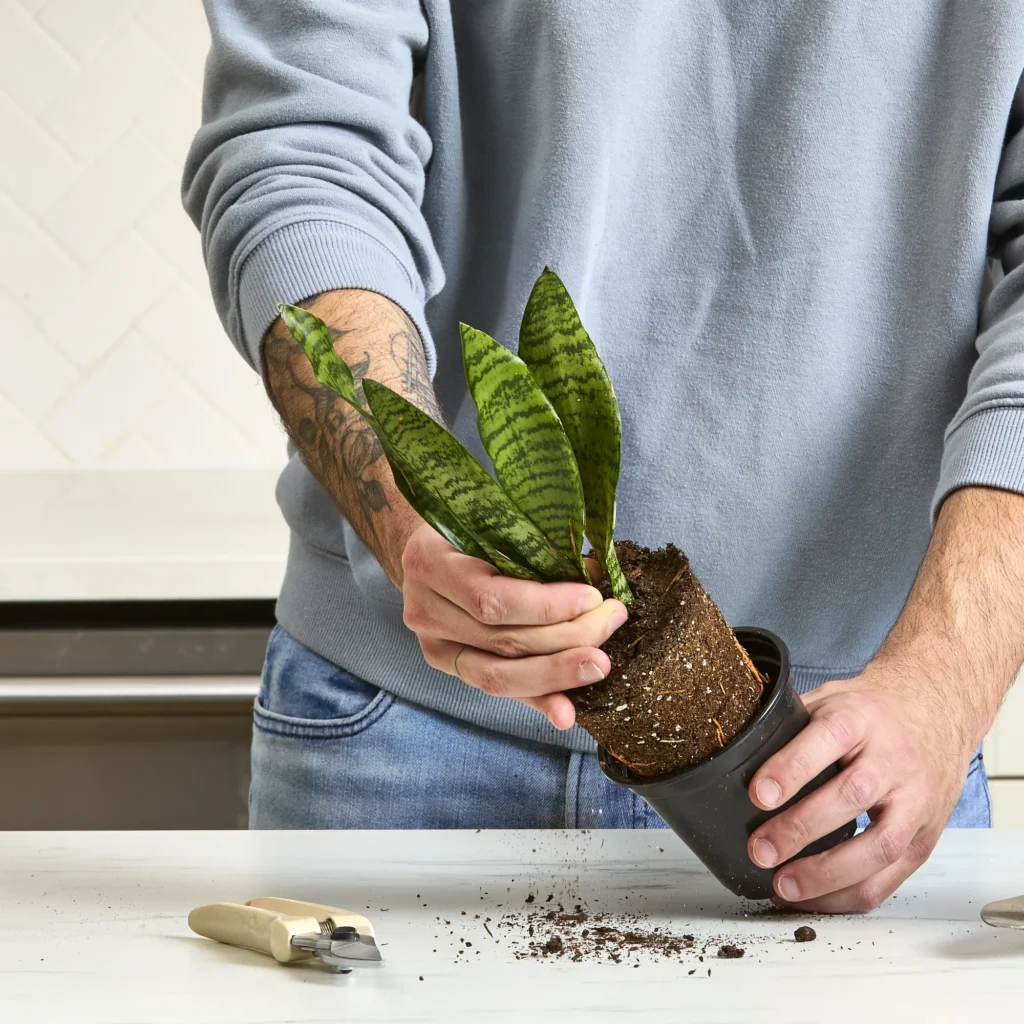
Light Requirements for Snake Plants
Snake plants are wonderfully adaptable when it comes to lighting, which makes them ideal for both bright and dimly lit rooms. However, there are a few natural light tips to maximize their growth:
- Bright, indirect sunlight is ideal.
- They tolerate low-light areas, though growth may slow down.
- Avoid direct harsh sunlight, especially in hot climates, as it can scorch the leaves.
Pro Tip: If your snake plant resides in a dim corner, occasionally rotate it to a brighter spot for a day or two to balance out light exposure.
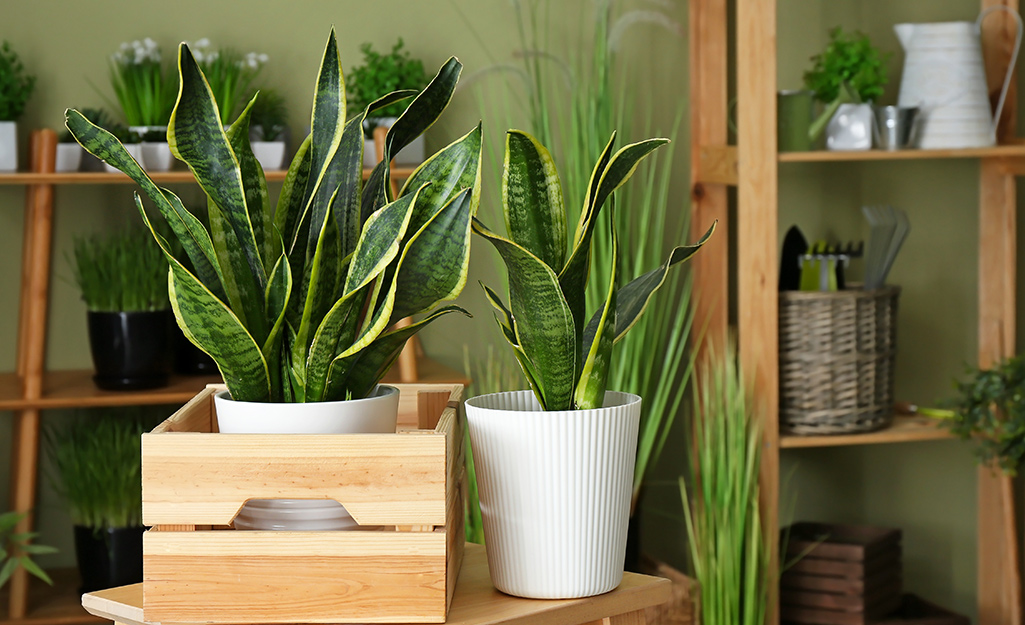
Natural Watering Tips for Snake Plants
One of the most common mistakes with snake plants is overwatering. These plants store water in their thick leaves, making them drought-tolerant.
How to Water Naturally:
- Allow the soil to completely dry out between waterings.
- Use room-temperature, filtered, or rainwater when possible to avoid chlorine and fluoride, which can cause leaf tip burn.
- In warmer months, water every 2–4 weeks.
- In cooler seasons, water less frequently — sometimes once a month is sufficient.
Natural Tip: Stick your finger about 2 inches into the soil. If it feels dry, it’s time to water. If there’s any moisture, wait a few more days.
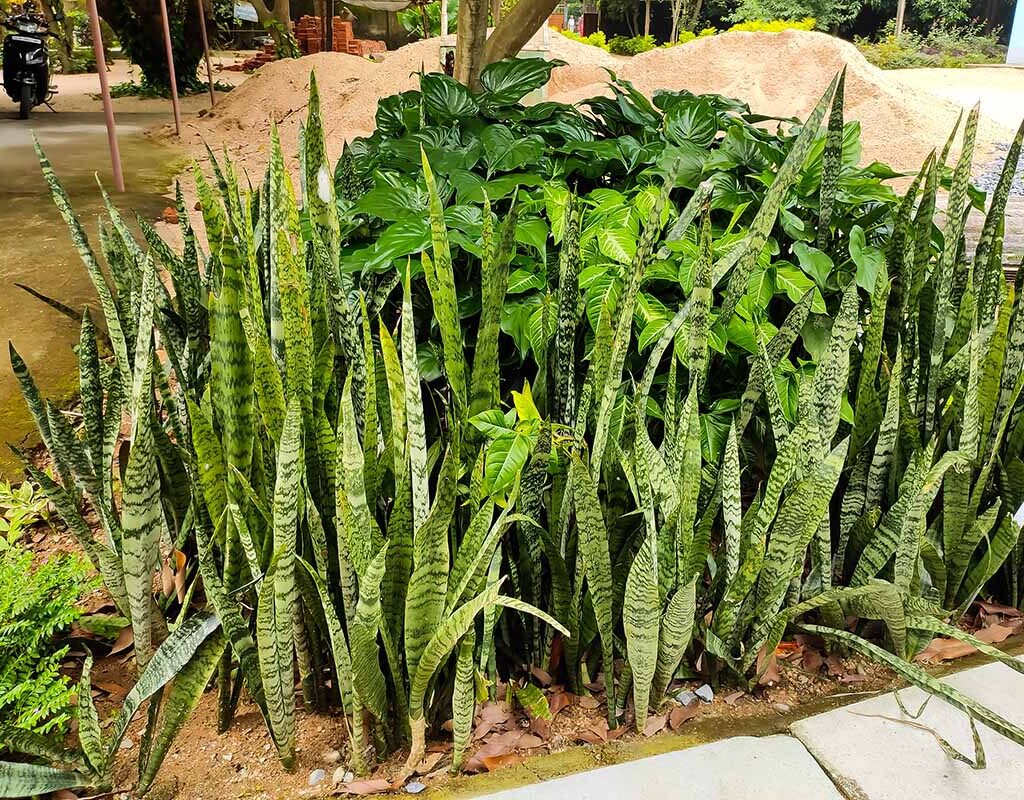
Soil Preferences for Snake Plants
Snake plants thrive in well-draining, loose soil that mimics their native, arid environment.
Natural Soil Mix:
- 2 parts organic potting soil
- 1 part coarse sand
- 1 part perlite or pumice
This natural, airy mix prevents water retention, reducing the risk of root rot — one of the few issues snake plants face.
Pro Tip: Add a small amount of crushed charcoal to the mix for natural deodorizing and soil detoxifying properties.
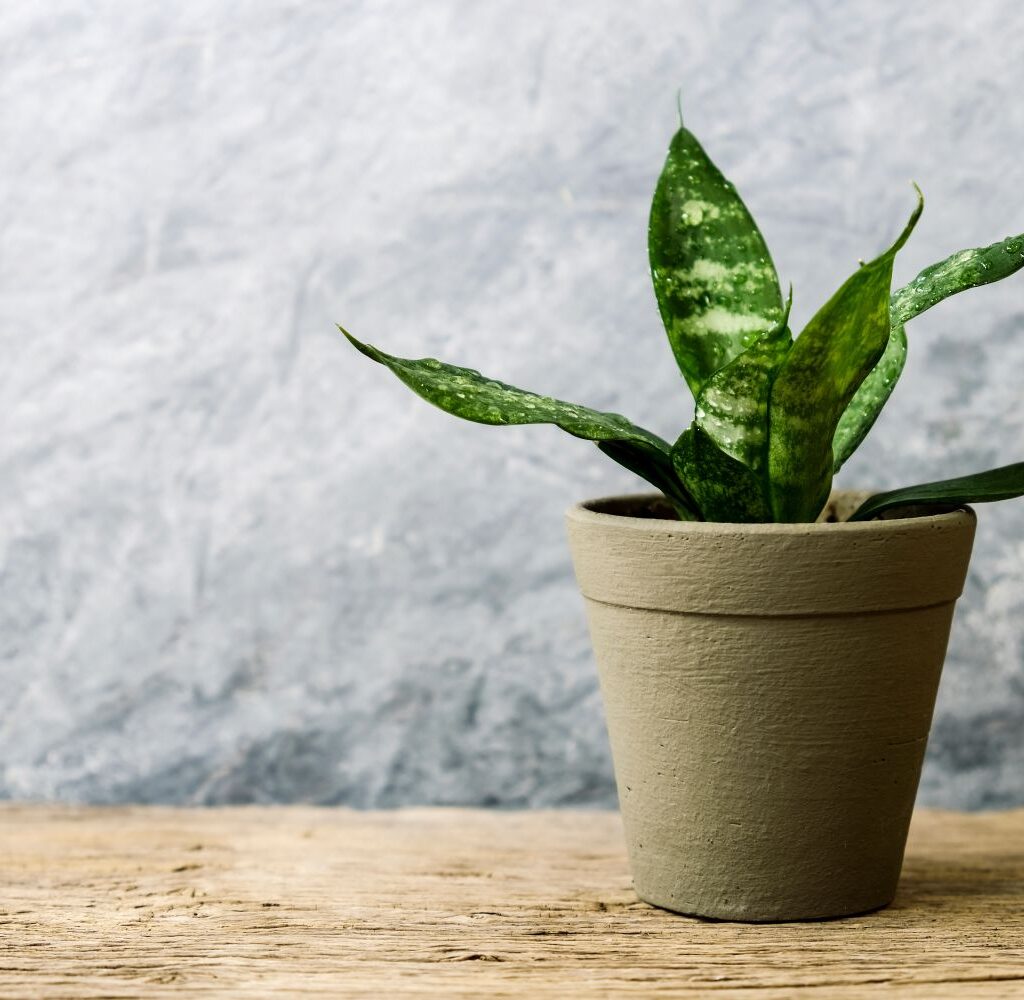
Temperature and Humidity
Snake plants prefer warm, stable temperatures and can tolerate a wide range.
- Ideal temperature: 70°F to 90°F (21°C–32°C)
- Avoid exposing them to temperatures below 50°F (10°C)
- They handle average indoor humidity well but can also survive dry air.
Natural Tip: In extremely dry environments, lightly mist the leaves with filtered water once a month to remove dust and maintain hydration.
Natural Pruning and Cleaning
While snake plants are low-maintenance, occasional pruning keeps them looking tidy and promotes new growth.
How to Prune Naturally:
- Remove damaged, yellowing, or drooping leaves at the base with clean, sharp scissors.
- Cut leaves at soil level rather than mid-leaf to avoid unsightly stumps.
- Gently wipe leaves with a damp cloth to remove dust and improve photosynthesis.
Natural Cleaner: Mix one part distilled vinegar with three parts water as a natural leaf-cleaning spray.
Natural Fertilizing for Snake Plants
While snake plants don’t demand heavy feeding, occasional nourishment with natural fertilizers supports healthy, vibrant growth.
Natural Fertilizer Options:
- Diluted organic liquid fertilizer (half-strength) during spring and summer, once a month.
- Banana peel water: Soak banana peels in water for 2 days and use the water for occasional watering — rich in potassium.
- Used coffee grounds: Add a small, dried amount to the soil for a nitrogen boost.
- Compost tea: Water the plant occasionally with nutrient-rich compost tea.
Avoid chemical fertilizers, which can cause salt build-up and leaf burn.
Natural Pest Management
Snake plants are relatively pest-resistant, but occasionally may encounter issues like spider mites, mealybugs, or fungus gnats.
Natural Pest Control:
- Neem oil spray: Mix neem oil with water and a drop of natural dish soap. Spray on affected leaves and soil.
- Insecticidal soap: Gentle, plant-based sprays eliminate pests without harming your plant.
- Cinnamon powder: Sprinkle on soil surface to prevent fungal issues and deter gnats naturally.
Pro Tip: Keep the plant clean and avoid overwatering to naturally reduce pest problems.
Propagating Snake Plants Naturally
Propagating snake plants is not only fun but ensures you always have a spare plant or a thoughtful, natural gift.
Methods:
- Leaf Cuttings in Water:
- Cut a healthy leaf and let it dry for a day.
- Place the cut end in a jar of filtered water.
- Roots appear in 3–5 weeks.
- Once roots reach 2 inches, transfer to soil.
- Leaf Cuttings in Soil:
- Cut a leaf into 3–4 inch sections.
- Let them dry for 24 hours.
- Plant in moist, well-draining soil.
- Water lightly and keep in indirect light.
- Rhizome Division:
- Remove the plant from the pot.
- Gently divide root clumps with a sharp knife.
- Replant divisions into separate containers with fresh soil.
Benefits of Keeping Snake Plants
Besides being easy to care for, snake plants offer multiple natural benefits:
- Air purification: Absorb toxins like formaldehyde, benzene, and xylene.
- Night-time oxygen production: Unlike most plants, snake plants release oxygen at night, making them ideal for bedrooms.
- Low allergen risk: Minimal pollen production, making them allergy-friendly.
Common Natural Care Mistakes to Avoid
Even a hardy plant like the snake plant can suffer from neglect or excessive pampering. Here’s what to steer clear of:
- Overwatering: The most common killer. Err on the side of less water.
- Poor drainage: Always use well-draining soil and pots with drainage holes.
- Too much direct sun: Can cause leaf scorch.
- Neglecting to clean leaves: Dust buildup blocks light absorption.
Final Thoughts
Snake plants are the ultimate beginner-friendly houseplant. By following a few simple, natural care tips — moderate watering, organic fertilizing, pest management, and the right lighting — you can keep these striking plants healthy, happy, and thriving for years.
Their resilience, air-purifying properties, and elegant foliage make them a beautiful, natural addition to any home. Plus, with natural propagation methods, you’ll have plenty of snake plants to gift or decorate every room with.

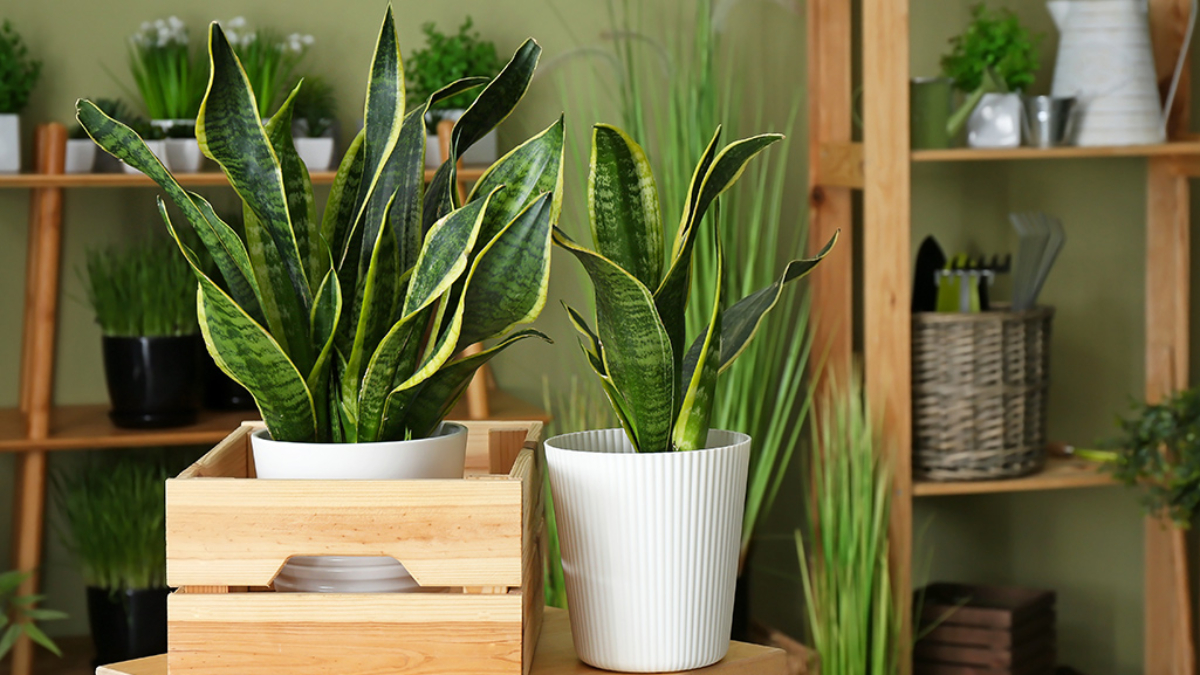




Leave A Comment